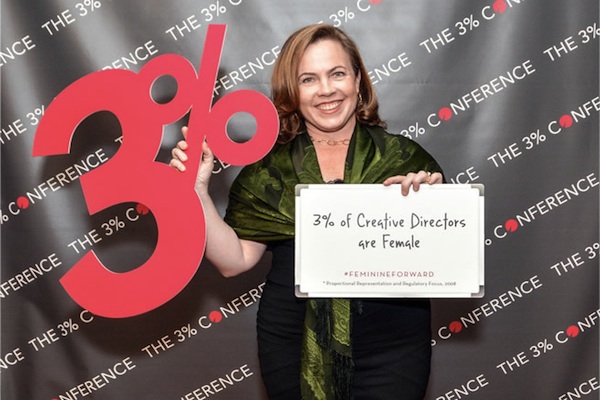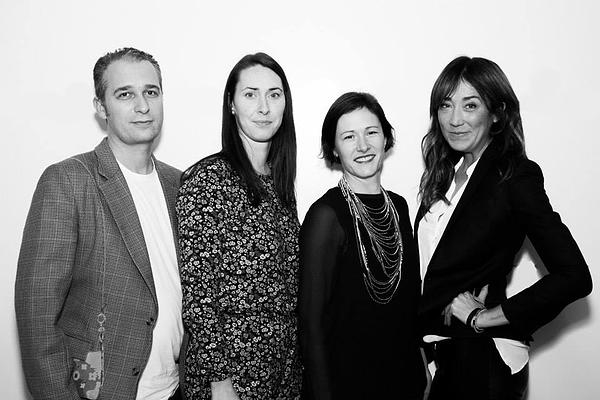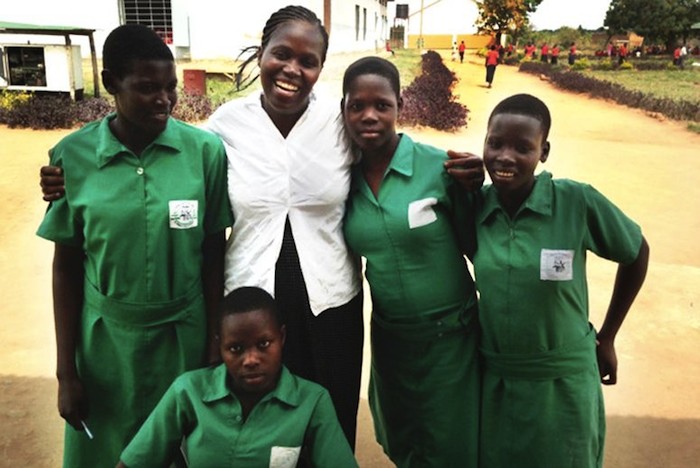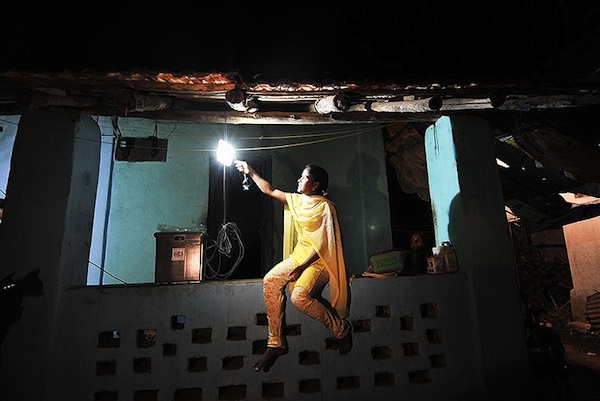Women and wine go together like men and beer during the Super Bowl. Except with a lot less shouting and high-fiving. Perhaps it’s the relaxing sensuousness of opening and pouring a bottle, or maybe it’s the swirling and slow sipping that we love. Or maybe it’s just the fact that wine in all its varieties and styles is quite a fascinating, delicious, and beautiful part of the human experience. It’s not that women don’t love a good beer—we most certainly do. But wine is special. It can be sophisticated without pretention. It satisfies. It tells a story. And for women sommeliers, their story is only beginning to be told. A sommelier knows more about wine than most people will ever even think to ask. In our food and wine-pairing world, the wine expert is a necessity, of course. But master sommeliers are rare, women among the ranks, even more rare. That is now changing. In this enlightened era, only 32 of the world’s 229 master sommeliers—that’s just under 14 percent—are women,” reports Bloomberg. “Canada has two. Three-quarters of them ply their trade in the U.S.” Men have long dominated the sommelier industry, bringing an air of arrogant, snooty wine knowledge […]
Continue reading... →Activating the Economic Power of Women Investors
Women around the world wield tremendous economic power. But, for the most part, the market women represent as investors is vastly untapped. This represents an enormous missed opportunity for women entrepreneurs.
Continue reading... →17 Ways You Can Work For Social Justice
If you’re feeling inspired by the Supreme Court’s historic same-sex marriage decision, then do your part to help build and sustain forward momentum toward justice for all. Legalizing same-sex marriage is a huge victory, but it is not the finish line of justice. Inequality takes many forms, and people are still waiting on their ability to live freely, safely, or, just to live.
Continue reading... →The 3% Conference: A passion project that became a movement
Kat Gordon worked for 20 years as a Copywriter/Creative Director and saw firsthand how women were often left out of pitches and important meetings. She describes the “Ultimate Emperor’s New Clothes Moment” of her life as the day her agency pitched the Saab car account with 16 men and one woman and then was mystified why they didn’t get the business.
Continue reading... →Girls Are Unstoppable: Always #LikeAGirl Campaign
Last summer, Procter & Gamble’s Always scored a big hit with its stereotype-crushing Like a Girl ad, which then got a slot on the Super Bowl. Now, the feminine products brand is back with another powerful commercial aimed at building the confidence of women. The new Leo Burnett ad, Unstoppable, is directed, like its predecessor, by documentarian Lauren Greenfield. And it features a diverse group of girls and young women talking about the limitations they’ve experienced as a result of social norms.
Continue reading... →The Power of Quiet In A World That Can’t Stop Talking
We as a society have an implicit bias toward extroverts — those who talk the most get the most attention, even though there’s no link between how much we talk and the quality of our insights. And that means we too often dismiss introverts and their ideas — that is, we leave out at least a third of the population, by Susan’s estimate. And that’s costly to everybody, not just introverts.
Continue reading... →The Token Man: Talking gender diversity, feminine values, and organizational responsibility
In a new initiative from the founder of Creative Social, Daniele Fiandaca, a series of prominent women from across the marketing industry interview male figures about their views on gender imbalance and diversity in the industry. In the second interview in the gender diversity series, Token Man, Emma Perkins, executive creative director at Lowe Open interviews Daren Rubins, chief executive PHD. Emma Perkins: Thanks Daren for agreeing to be a Token Man. We met at the 3% Conference in London but given how fraught the topic can be, why were you keen to do an interview for Token Man? Daren Rubins: Firstly when I heard you present at the 3% conference I thought it was a fantastic initiative. I’m also a firm believer in gender equality and the role women and feminine values have to play in the workplace. Its something that I’m actively pursuing as an area of interest. I’ve worked in a very male dominated industry for so long and its undergone a huge transition in the past few years and I personally think the media industry is a lot better off for it. So I’ve started to become quite interested in the dynamics of more senior women at the top of organizations and imbedded right throughout as well as the role […]
Continue reading... →What if building codes actually required new projects to enhance a certain number of ecosystem services — such as sequestering carbon, building topsoil, enhancing pollination, increasing biodiversity or purifying water and air? Is it possible that a city could be functionally indistinguishable from the wild landscape around it? And what if companies ultimately built factories that truly enhanced ecosystem services? These were the big questions that biologist and biomimicry expert Janine Benyus posed during her keynote presentation at the recent International Living Future Institute’s 2015 unConference in Seattle.
Continue reading... →One Woman’s Mission to Restore Dignity to the Girls Kidnapped by Joseph Kony
Those who made it back were shunned from their community—so Alice Achan built them a place to call home. Alice Achan may run one of the most successful girls’ schools in Uganda today, but that’s because she knows firsthand what a monumental challenge it is for a young girl in her country to get an education. Achan, 41, grew up in a small Acholi-tribe village during the widespread murders, rapes, and kidnappings wrought by the notorious Lord’s Resistance Army, a guerrilla group led by Joseph Kony, in the 1980s and 1990s. As a result of the massacres and violence, Achan, one of 27 children born to a polygamist father, had to leave almost a dozen different schools during her childhood and teenage years. If she had stayed in school, Achan risked being abducted by LRA rebels and forced to work in rebel camps as both free laborer and sex slave—the fate of so many girls. Yet Achan persevered by moving all over northern Uganda in pursuit of her high school degree. In 1996, she graduated at the age of 23. The struggle to develop her academic skills and earn her degree prepared Achan for her life’s mission: to create a […]
Continue reading... →An NYU Student Tackles Energy Poverty in India—Before Her 21st Birthday
Mansi Prakash’s bright idea has helped light up more than 5,000 homes in one rural village. Most college students don’t know what they want to major in, let alone what their mission in life might be. But New York University student Mansi Prakash’s goals couldn’t be clearer: to bring clean energy to developing nations, support education, and fight poverty. Not bad for a 20-year-old economics major who first witnessed the energy dilemma on a 2010 visit to her grandparents’ village in India and later founded the nonprofit Brighter Today. Most families have light bulbs—they just weren’t turning them on and using them,” Prakash recalls of her trip. “I was intrigued by this, and as I interacted with them more, I learned that this living condition stemmed from low incomes and electricity costs. For someone who couldn’t afford food three times a day, paying the high electricity bills was not an option.” An idea clicked for Prakash: Do away with the energy-efficient 60-watt incandescent bulbs that only work for two months and replace them with 11-watt compact fluorescent lamp (CFL) bulbs, which—while initially costing more at $2 per bulb instead of 20 cents—would last significantly longer, averaging three to four years. In the […]
Continue reading... →








